Correcting problems with wall paper removal and painting
mary_md7
7 years ago
Featured Answer
Sort by:Oldest
Comments (10)
Paint sales at Home Depot
7 years agoChristopher Nelson Wallcovering and Painting
7 years agoRelated Professionals
Bothell Painters · Madison Painters · Fort Washington Painters · Lexington Painters · Pearland Painters · Southbridge Painters · Tucker Painters · Canton Cabinets & Cabinetry · Warr Acres Cabinets & Cabinetry · East Brunswick Flooring Contractors · Lexington Flooring Contractors · Lodi Flooring Contractors · New Rochelle Flooring Contractors · Scottsboro Flooring Contractors · Surprise Flooring ContractorsPaint sales at Home Depot
7 years agoPaint sales at Home Depot
7 years agograywings123
7 years agoPaint sales at Home Depot
7 years agoChristopher Nelson Wallcovering and Painting
7 years agopaintguy22
7 years agoPaint sales at Home Depot
7 years ago
Related Stories

REMODELING GUIDESThe Hidden Problems in Old Houses
Before snatching up an old home, get to know what you’re in for by understanding the potential horrors that lurk below the surface
Full Story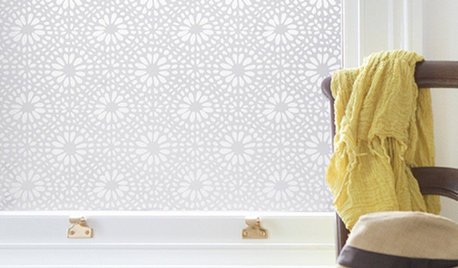
DECORATING GUIDESSolve Privacy Problems With Window Film
Let the light in and keep prying eyes out with an inexpensive and decorative window film you can apply yourself
Full Story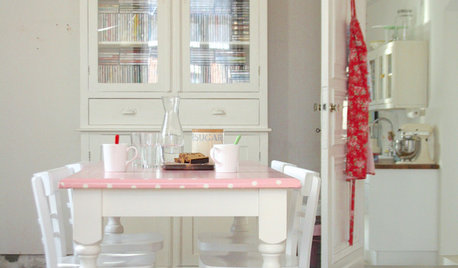
DECORATING GUIDESWake Up Tired Furniture With Paint, Paper and Fabric
Give ordinary pieces a new spin with crafty updates, like a fresh tabletop, decorated sideboard and wall-size pinboard
Full Story
LANDSCAPE DESIGNProblem Solving With the Pros: How to Build a Garden in an Urban Canyon
Skyscrapers, noise and deep shade create an unlikely sweet spot for a timeless green retreat in New York City
Full Story
FURNITURESlipcovers: Problem Solvers With Style
9 Great Ways to Change Up Your Look With the Ever-Practical Slipcover
Full Story
DECORATING GUIDESPaper Chase: Wallpaper Through the Ages to Today
Get on a decorating roll with a wall covering that's been around for centuries but comes in more exciting designs than ever
Full Story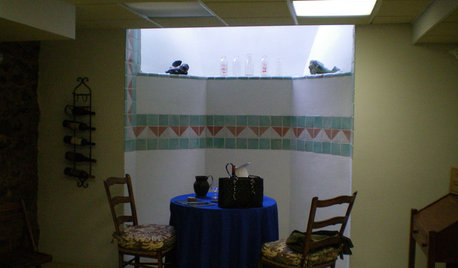
BASEMENTSBasement of the Week: High-End Problem Solving for a Show House
Dark and dated? Naturally. But this '70s-style basement had myriad other design issues too. See how the designer rose to the challenge
Full Story
ECLECTIC HOMESHouzz Tour: Problem Solving on a Sloped Lot in Austin
A tricky lot and a big oak tree make building a family’s new home a Texas-size adventure
Full Story
HOUSEKEEPING10 Problems Your House May Be Trying to Show You
Ignore some of these signs and you may end up with major issues. We tell you which are normal and which are cause for concern
Full Story
KITCHEN DESIGNKitchen Counters: Recycled Paper Surprises With Durability and Warmth
Sturdier than you might think, this postconsumer countertop material also has major environmental cred
Full StoryMore Discussions







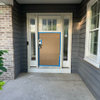
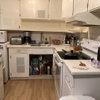

Paint sales at Home Depot